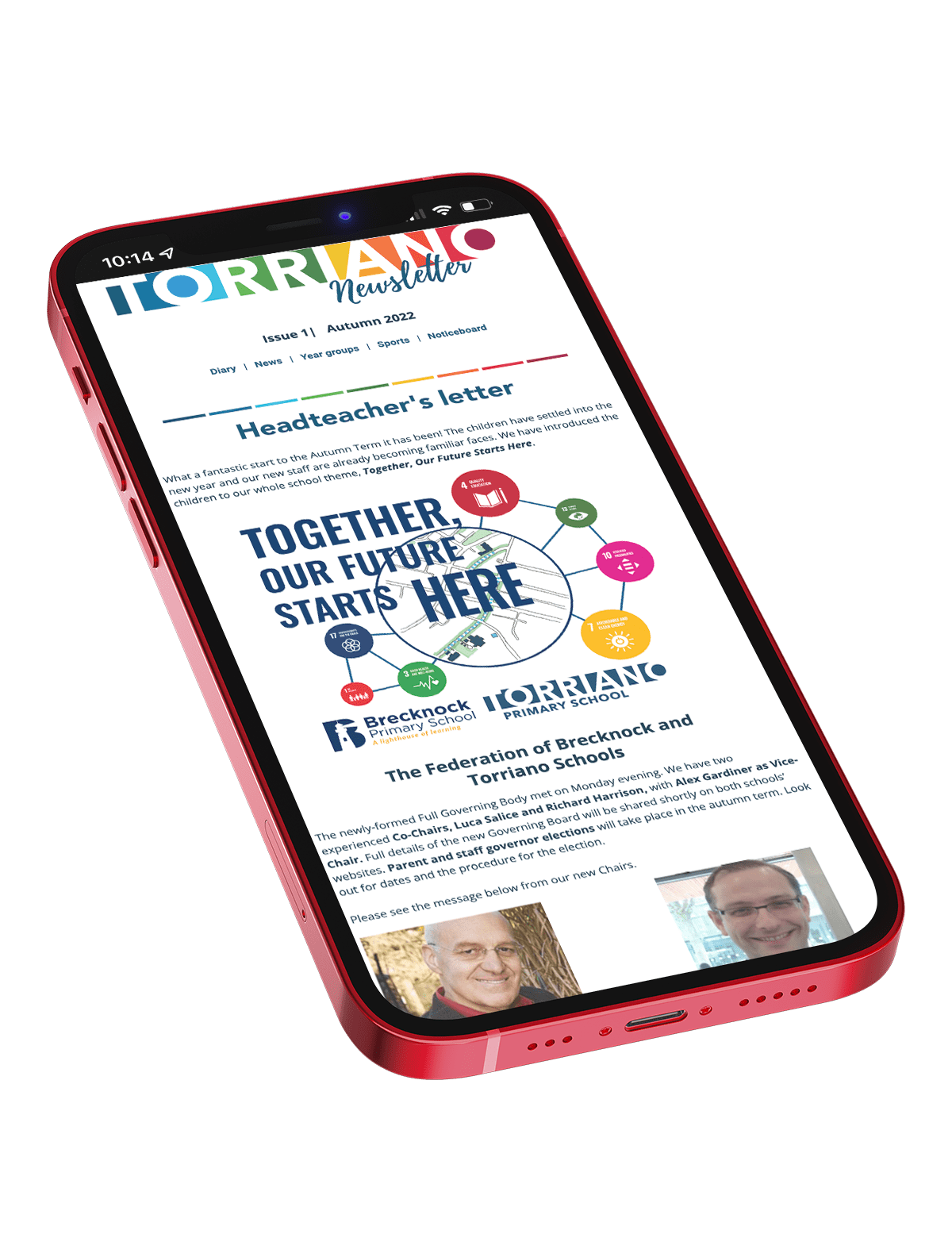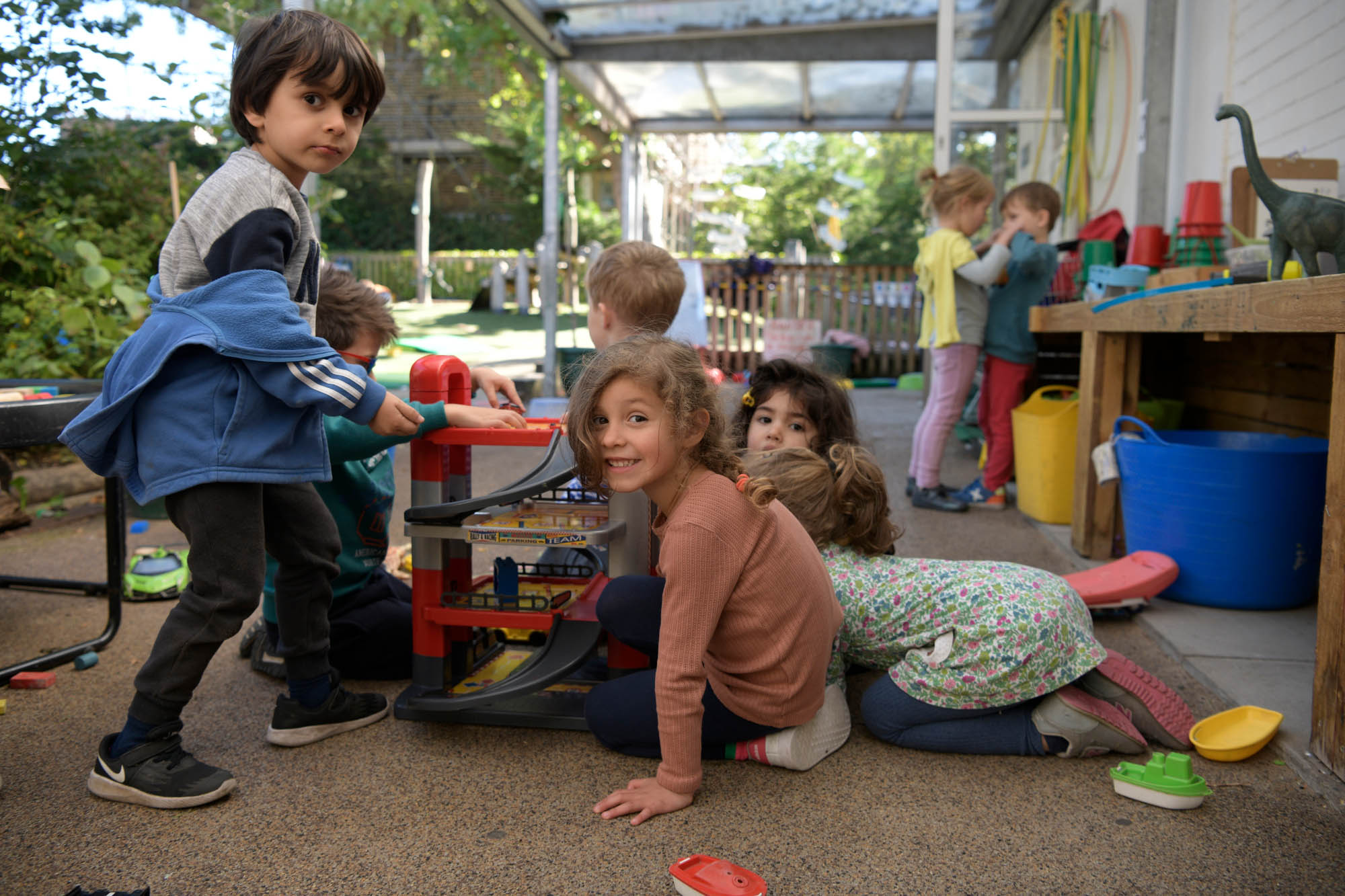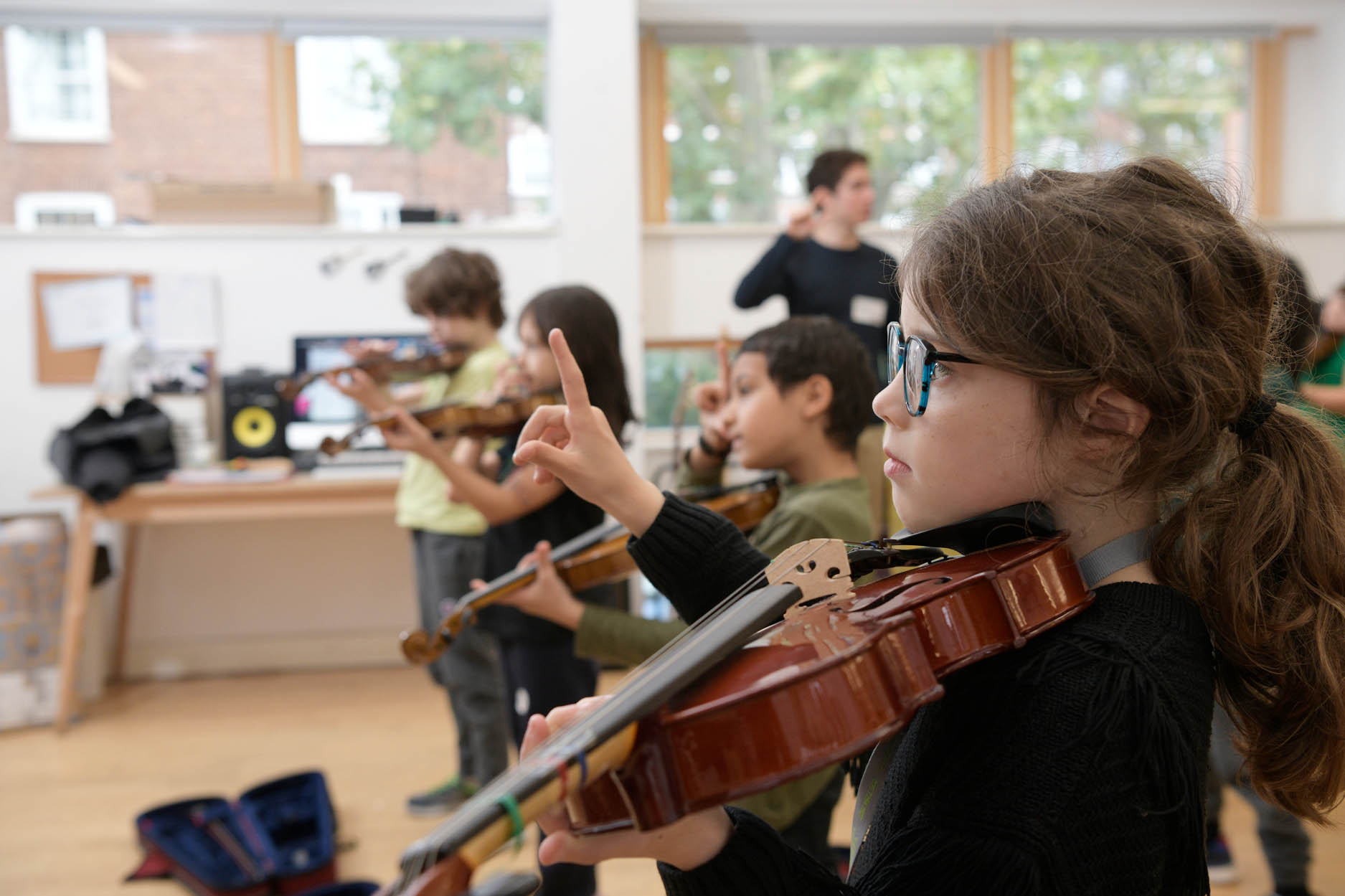Intent
We want all of our pupils to be digitally literate through being creators and informed consumers, who access a high-quality computing education. Our broad curriculum reflects this, encompassing computer science, information technology and digital literacy. At Torriano, it is our intention to enable children to find, explore, analyse, exchange and present information digitally. We want pupils to be masters of technology and not conditioned to it; technology is everywhere and will play a pivotal part in pupils’ lives. Therefore, we will educate our children on how to use technology positively, responsibly and safely, modelled effectively by all Torriano stakeholders (teaching staff, governors, parents).
Knowledgeable Learner

- The computing curriculum is balanced, with the opportunity for children to apply their computer scientific knowledge creatively, which will in turn help our children become skilful computer scientists.
- Children learn all three strands of the computing curriculum; digital literacy, information technology and computer science.
- All pupils will have the understanding that there is always a choice with using technology and as a school we utilise technology (especially social media) to model positive use.
- Beyond teaching computing discretely, teachers embed computing across the wider curriculum to make learning creative and accessible for all children.
- Children will have the opportunity to explore and respond to key issues such as digital communication, cyberbullying, online safety, security, plagiarism and social media.
Confident Communicator

- By being digitally literate, our children will learn to communicate through technology in a variety of ways.
- All pupils will effectively demonstrate their learning through the creative use of technology. Building teacher knowledge in this subject will facilitate this.
- Through the teaching of subject-specific technical vocabulary, children will be able to use and explain computer terms, such as function, loop, algorithm, optimise and pattern recognition.
- Children will be able to tell someone if they feel unsafe whilst using digital technology. They will be able to question information they read, see or hear online, linking to the PSHE curriculum.
Active Citizens

- Wherever possible, diverse role models are used to encourage all children to see themselves as being successful coders and users of technology.
- Through our career-led partnerships and STEAM projects, children have the opportunity to apply their critical and computational thinking to make links with science, engineering, art and maths, ensuring a deep and impactful understanding. They work with a range of organisations and companies, such as Micro:bit and Raspberry Pi to understand career opportunities in digital technology.
Implementation
- We provide a clear and effective scheme of work that provides coverage in line with the National Curriculum.
- Teaching and learning facilitates progression across all key stages within the strands of digital literacy, information technology and computer science.
- Computing is taught discretely by class teachers who are supported by the Computing Lead, with EYFS laying the foundations for this learning.
- All children have access to resources which aid in the acquisition of skills and knowledge. Children will have access to the hardware (computers, tablets, programmable equipment) and software that they need to develop knowledge and skills of digital systems and their applications
- All children, including those who have SEND or are disadvantaged, are supported to fully access the computing curriculum. This may include additional adult support or use of additional or adapted resources.
- Wider curriculum links and opportunities for the safe use of digital systems are considered in wider curriculum planning.
- The importance of online safety is regularly highlighted and taught. Parents are informed when issues relating to online safety arise and further information/support is provided if required.
- As well as opportunities underpinned within the scheme of work, children will also spend time further exploring the key issues associated with online safety.
- All stakeholders understand the Online Safety Policy.
- All children from Y1-6 have access to their Google Classroom, which will be used at school and to support home learning in all subjects.
- The way we implement computing helps children realise the need for the right balance and one they can continue to build on in their next stage of education and beyond, understanding how to keep themselves safe and how to seek help and support if they experience dangers online
Impact
We measure the impact of our computing curriculum in various ways.
- Pupils should be able to recall key facts and information, use subject specific vocabulary and use their computing skills.
- Monitoring processes track the progression of children using their computing skills and practising the recall of key knowledge.
- The way pupils showcase, share, celebrate and publish their work will best show the impact of our curriculum.
- The Computing Lead leads and supports planning across the school. Audits are used to support teachers in delivering high quality lessons.
- Pre and post assessment tasks are planned for each computing unit. We also look for evidence through reviewing pupil’s knowledge and skills digitally through tools like Google Drive and Seesaw and observing learning regularly.
- Formative teacher assessment takes place in individual lessons and can be given verbally.
- Progress of our computing curriculum is demonstrated through outcomes and the record of coverage in the process of achieving these outcomes.
Click here for the Computing Progression document.





